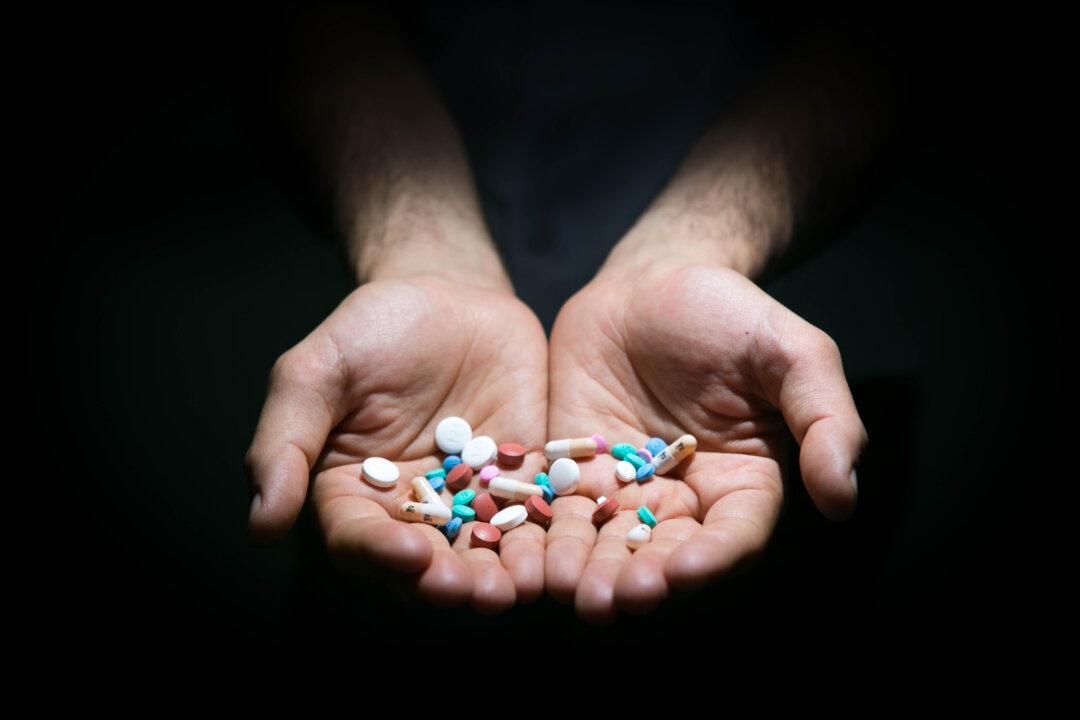Researchers in China have made a truly frightening discovery. They found a gene in an E. coli bacteria that programs the bacteria to be resistant to colistin, which is commonly used as a last resort antibiotic for difficult to treat infections. Worse yet, the gene, found on a pig, existed in the plasmid of the bacteria instead of its genome, making it much easier to spread.
The emergence of multi-drug resistant bacteria has fueled doomsday scenarios where a completely antibiotic-resistant superbug scorches the world with a second Black Death. Years have passed without a major crisis, but is it finally time to start panicking? For epidemiologists and clinicians who study antibiotic resistance, the answer is a resounding yes.
“This ranks up there with the worst news I’ve ever heard,” said Lance Price, a professor at the Milken Institute of Public Health.






